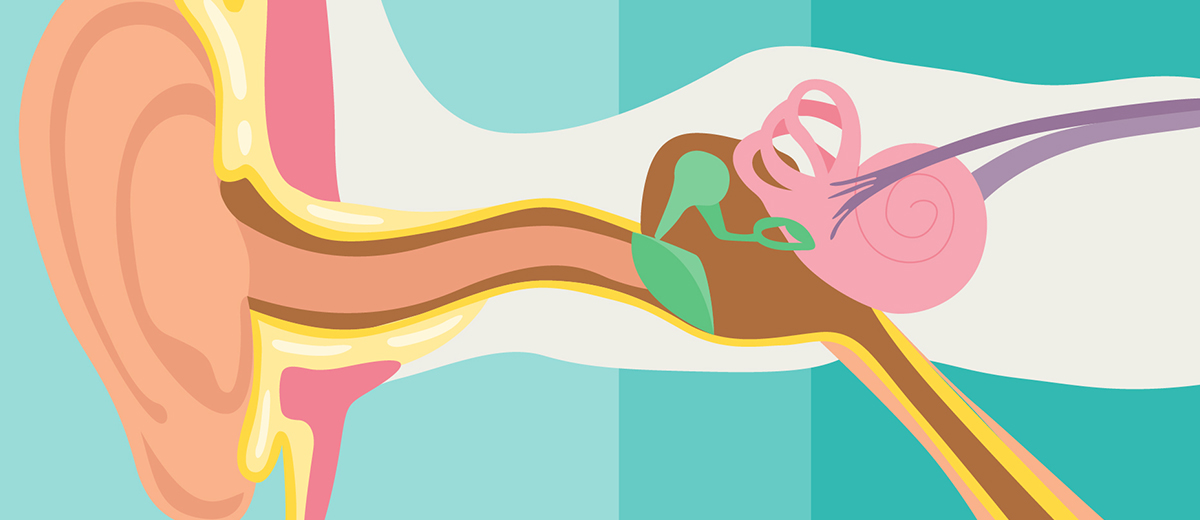Hearing loss is the most common developmental disorder identifiable at birth and its prevalence increases as children age. As a result, the American Academy of Audiology recommends detection of hearing loss in early childhood and school‐aged children using evidence‐based hearing screening methods. In the last blog in this series, we discussed one of these methods: pure tone audiometry. In this blog, we’ll review another method: tympanometry.
The Anatomy of the Ear
Ears are made up of three parts: the outer, the middle, and the inner ear. If there is a problem in the middle ear, it makes it difficult for sounds to go from the outer ear to the inner ear and brain. That’s where a tympanometry test can be helpful. It will test how well the eardrum (tympanic membrane), which is located in the middle ear, is functioning.
How Tympanometry Works
Tympanometry, also called tympanometry impedance testing, does the following:
- Measures tympanic membrane mobility to detect problems in the middle ear. This measurement is graphically displayed as a tympanogram.
- Provides information on acoustic admittance, which is a measure of the ease with which energy flows through the middle ear system.
- Measures impedance, which is the opposition to the acoustic admittance.
To perform a tympanometry test, a hand-held probe is inserted into the ear. The probe contains three holes containing: a loudspeaker, a microphone, and a pump. An airtight seal is formed due to the pressure of the ear tip against the canal wall when the probe is inserted into the ear canal. The loudspeaker delivers the tone, and the pump alters the pressure within the sealed canal. During the pressure sweep, the microphone measures the sound being reflected from the eardrum.
The Goal of Tympanometry
One of the most common issues in the middle ear that a school nurse might discover with tympanometry is otitis media (a middle ear infection or inflammation). In 2011, there were an estimated 11.5 million acute otitis media episodes in children aged 0 to 9 years old in the United States.
As with pure tone audiometry, the goal of tympanometry is the early detection of hearing loss so a referral can be made for additional diagnostic testing with a medical professional.
To shop MacGill’s selection of tympanometry equipment, click here.





